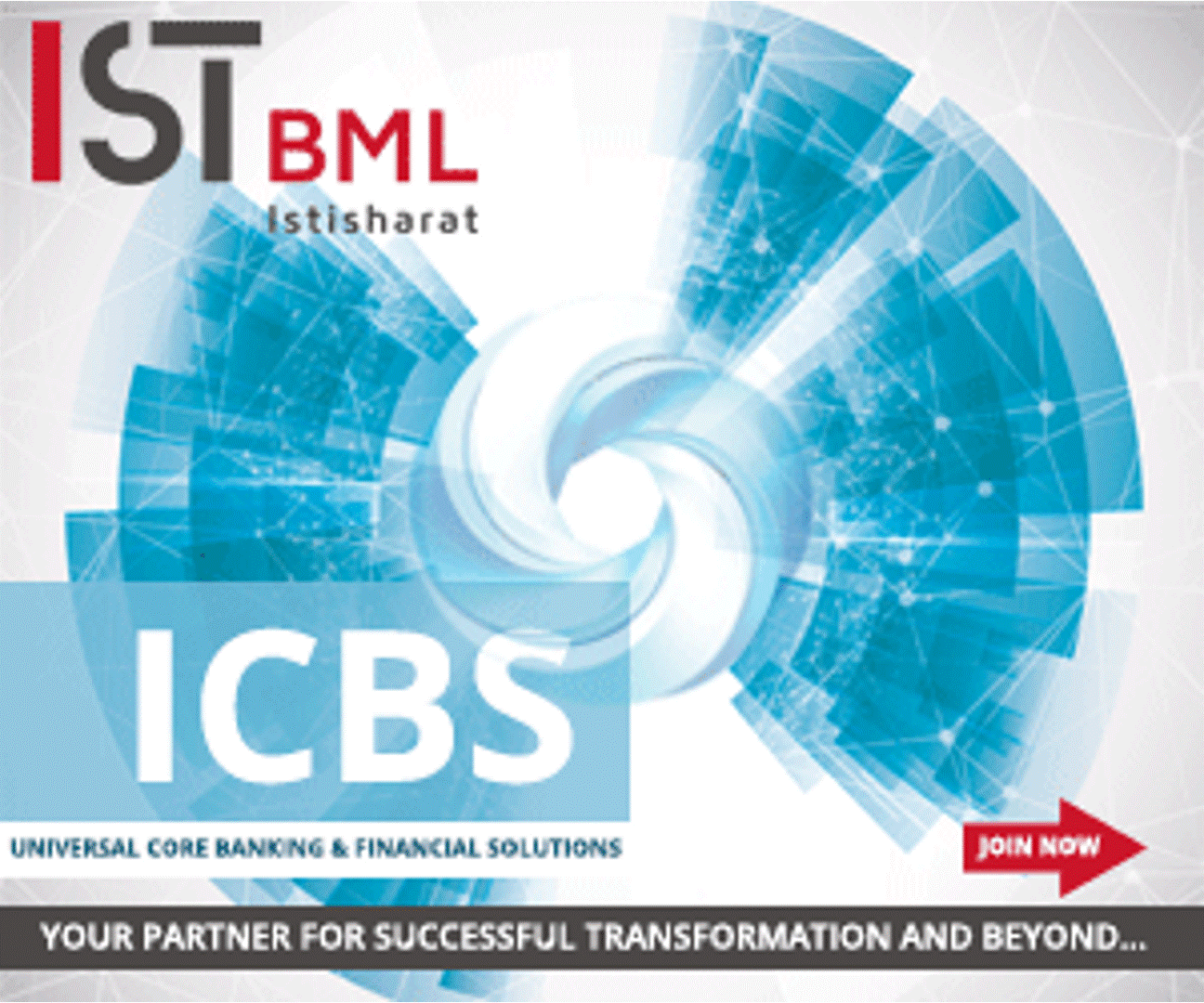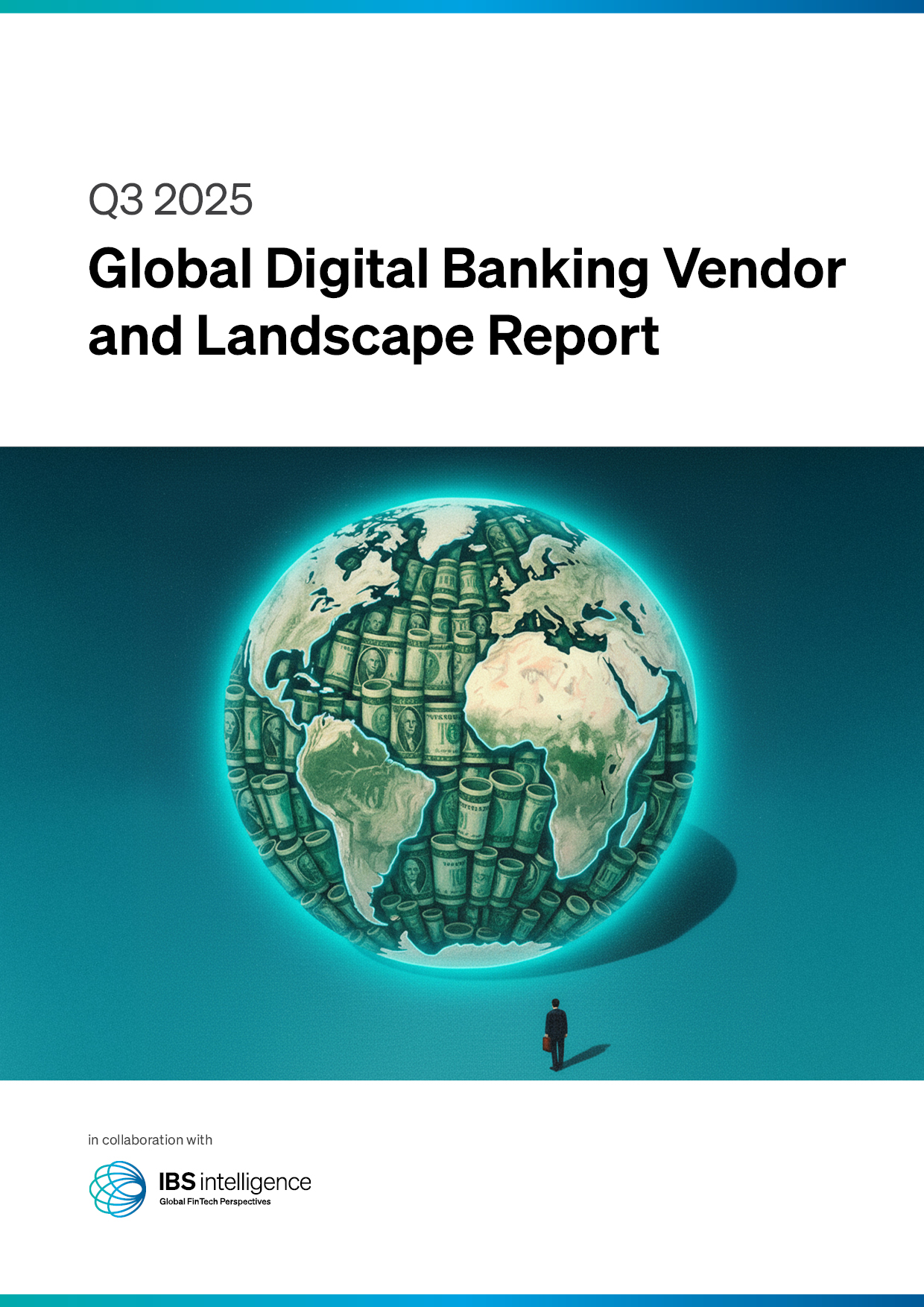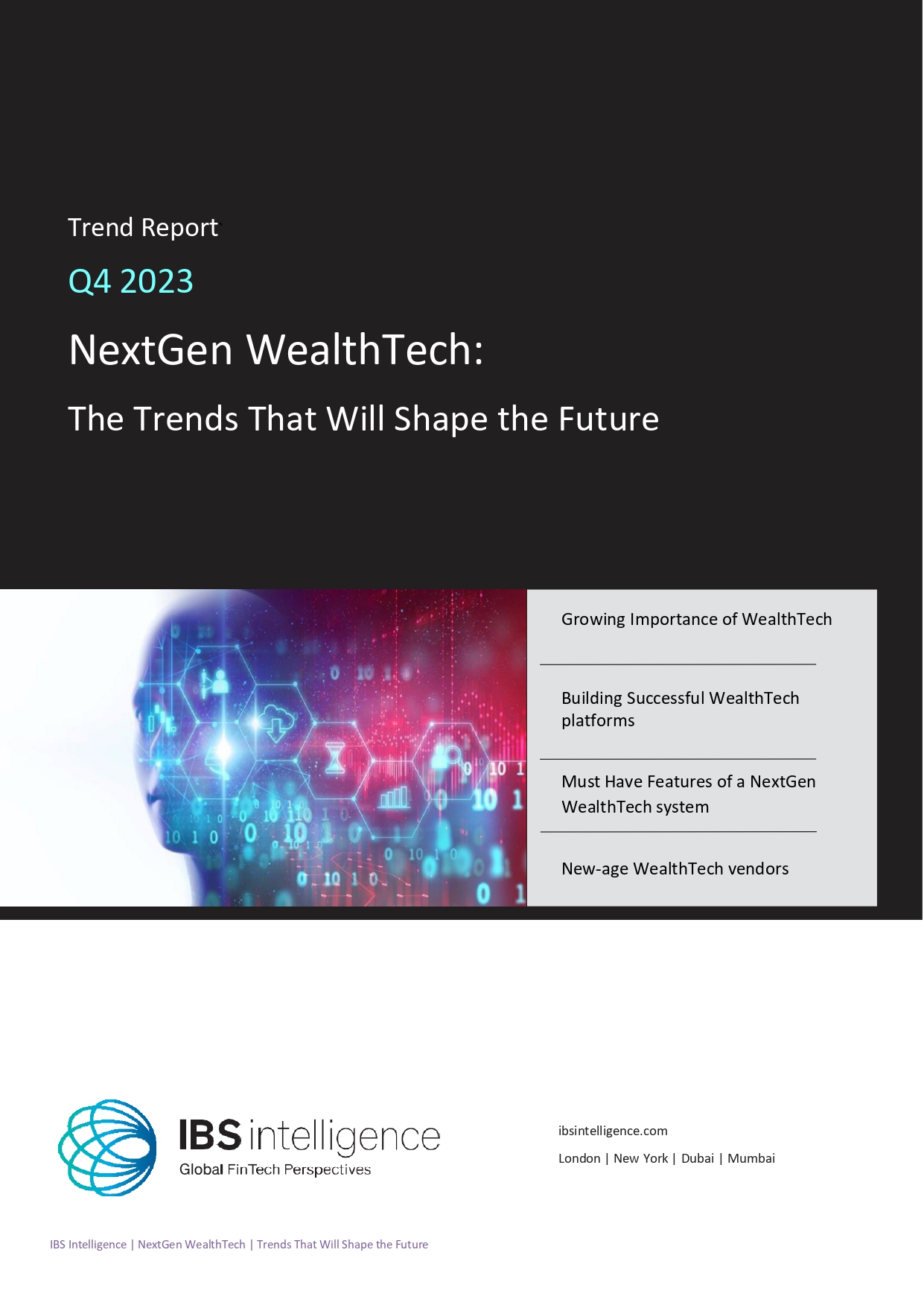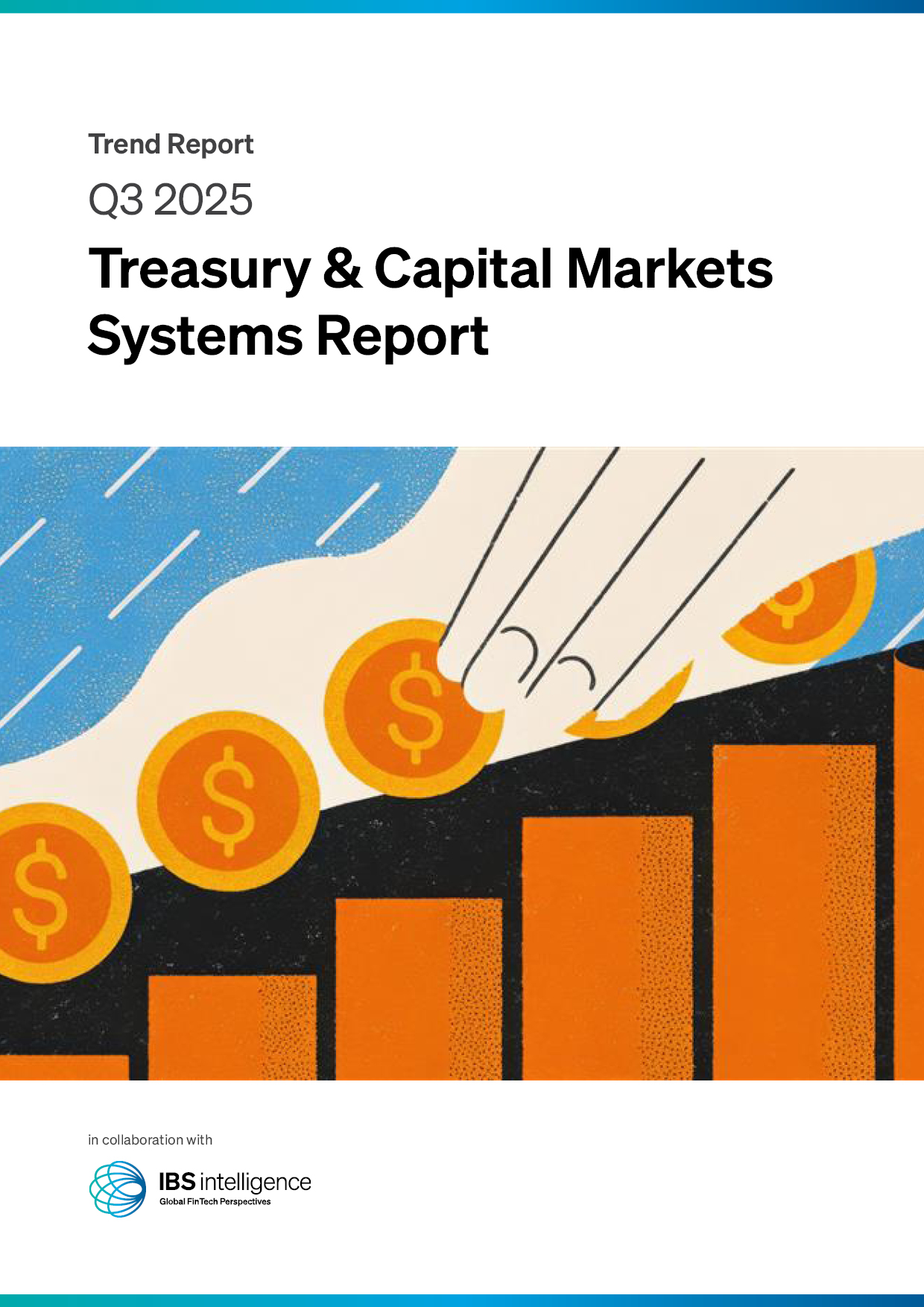 Back
Back
As RBI focuses on financial inclusion, how can Indian FinTechs contribute?
By Puja Sharma
With the recent announcement of the Reserve Bank of India (RBI) releasing the annual report for FY 2021-22, which includes—Universal Access to Financial Services in rural India, and providing banking access to every village within a 5 km radius/ hamlet of 500 households in hilly areas is one of the key objectives of the NSFI: 2019-24.
The report highlights those structural reforms are the key to building upon India’s medium-term growth potential and for the inclusive growth of our country.
“One of the key reforms is financial inclusion for the masses, specifically for people living in rural areas where there’s scarce access to basic financial services,” said Dilip Modi, Founder, of Spice Money on the RBI reaffirmed its goal of financial inclusion for the country.
The report also states that there has been an increase in the number of ATMs in the country from 2.39 lakh in 2020-21 to 2.48 lakh in 2021-22.
“It is extremely heartening to see the combined efforts of the government as well as the FinTech ecosystem reflected through this growth. Rural FinTechs have been complementing the traditional banking system and have been solving the problem of access by reaching out deep into the hinterlands of India, at block and gram panchayat levels with basic financial services through their network of ATMs,” said Modi.
He further added, “I believe there is still a lot of potential to further expand banking & financial services and drive financial inclusion to the last mile of Bharat. This will pave the way for the next level of growth for the economy, while also going a long way in bridging India’s rural-urban divide, driving financial inclusion for the unbanked and underbanked population, through micro – ATMs & AePS.”
The RBI has also highlighted that partnership and collaboration of the public and private sectors is the need of the hour in developing customized solutions for the masses for further driving financial inclusion and helping bring in more people under the financial ambit.
To capture the extent of financial inclusion across the country, the Reserve Bank has constructed a composite FI-Index with three subindices, viz., FI-Access, FI-Usage, and FI-Quality, incorporating details of banking, investments, insurance, and postal as well as the pension sector in consultation with the government and respective sectoral regulators.
“While the pandemic and increasing internet penetration across India accelerated the demand for digital banking, the need for breaking through untapped markets has compelled traditional banks to go branchless too,” said Anand Kumar Bajaj, Founder MD CEO of PayNearby, a FinTech that offers digital banking, payment, and transaction services.
This is reflective of the exponential growth that BCs (Business Correspondents) have witnessed, especially in the last two years. While the growth has been marginal throughout the decade -2010 to 2020 – the industry has observed a growth spurt to the tune of 100% in the last year alone.” said Bajaj.
Through a robust digital infrastructure coupled with adequate handholding that builds trust and confidence, the network is creating access points across semi-urban and rural India for banks to offer a range of financial products that are building the future of banking for the real Bharat. The sharp growth witnessed through the last year across various platforms, inclusive of Points of Sale (PoS) terminals, Micro ATMs, and a huge chunk of the households that transacted digitally during the lockdown can be attributed to the BC network.
“Additionally, RBI implementing a geo-tagging framework to provide users with precise locations of existing touchpoints is a great move, eventually inching India towards the larger mission of digitisation,” added Bajaj.
The Reserve Bank of India‘s conscious efforts, such as creating a FinTech department, setting up 75 digital banks, and creating a comprehensive regulatory framework, indicate that it expects FinTechs to boost financial inclusion with innovative products and services that the sector has been developing.
Bhavin Patel, Co-founder & CEO of LenDenClub, a Peer-to-Peer lending platform said, “It is a significant responsibility for us and other fellow FinTech service providers to maintain the RBI’s trust through honest efforts and the development of robust infrastructure, which will result in an advantageous position for customers and, therefore, for the broader ecosystem.“
Inter-linking of fast payment systems of different countries for instant and low-cost cross-border remittances is one key area highlighted in the report.
“Like connecting India’s UPI and Singapore’s PayNow that will go live in the current year, we should explore similar partnerships to deepen collaboration with overseas partners, especially with countries where many Indian working populations reside,” said Mandar Agashe, Founder and MD of Sarvatra Technologies, a banking technology solutions provider offers a cloud computing platform for 100+ co-operative banks.
IBSi FinTech Journal
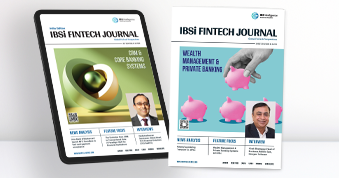
- Most trusted FinTech journal since 1991
- Digital monthly issue
- 60+ pages of research, analysis, interviews, opinions, and rankings
- Global coverage


